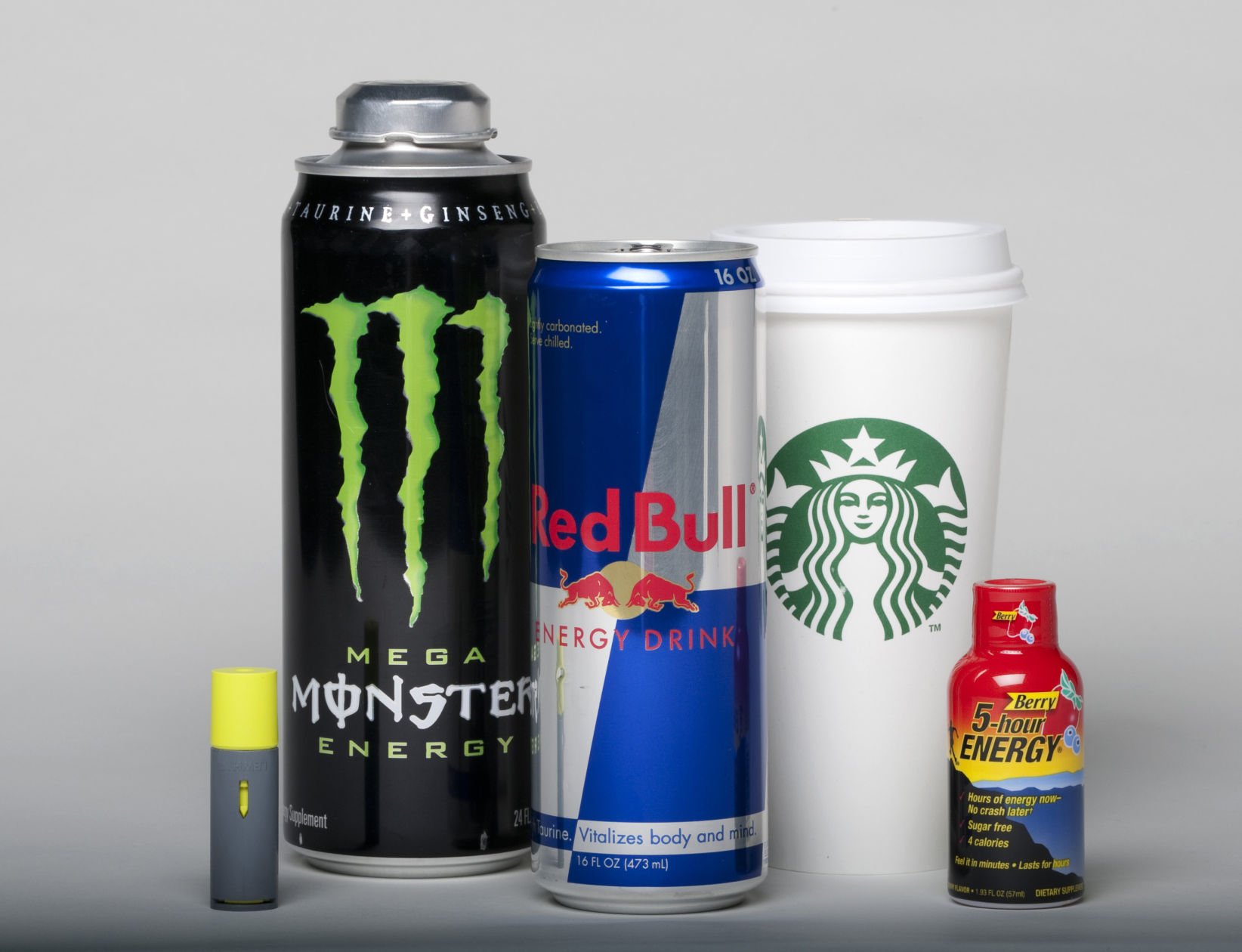



Although many aerobic and anaerobic sports depend on muscle glycogen, athletic performance is dependent on other mechanisms, such as increased calcium mobilization and phosphodiesterase inhibition. It is especially beneficial in aerobic training, because lower glycogen utilization results in longer training times.
#Caffeinated beverages free
It has been suggested that caffeine increases the mobilization of free fatty acids by adrenaline (epinephrine) induction, saving glycogen. Caffeine can affect the mobilization of energy substrates during exercise. Resulting in lower pain perception, more sustainable and forceful muscle contraction, and maintaining or increasing the firing rates of motor units, it consequently allows for greater strength production. The adenosine receptor blocking ability of caffeine is visible at low doses as well, like in a single cup of coffee. Through blocking adenosine receptors (mainly A1 and A2A subtypes), caffeine seems to competitively antagonize their effect and cause an increased release of dopamine, noradrenalin, and glutamate. Nowadays, the most well-recognized mechanism is that caffeine acts in the CNS as a competitor of adenosine in its receptors, inhibiting the negative effects that adenosine induces on neurotransmission, excitation, and pain perception. The antagonism of adenosine receptors (especially in the central nervous system/CNS) mobilization of the intracellular calcium storage (from the ER) and inhibition of phosphodiesterases. The potential cellular effects of caffeine might be explained by three mechanisms: After consumption, it is absorbed quickly. In a sample of Hungarian high school and college students (17–26 years), ED consumption matched the international data, and only 19.7% of respondents did not use EDs at all (had never tasted an ED in their life).Ĭaffeine is a compound of many plants-a special psychostimulant, according to some data-and it is one of the most frequently used psychoactive substances in the world. The results show that a high proportion of this group often consumed EDwA, in many cases leading to harmful side-effects of caffeine overdose. A positive correlation was found between age and consumption ( p < 0.001). According to the data, 81.8% of the participants consumed EDs at least once, and 63.3% tried several products of the kind. In a quantitative research in Hungary (10–26 years, mean age: 15.6 ± 3.8 y, 1459 subjects, randomly chosen population), a survey based on a questionnaire asking people about their ED consumption habits was conducted. This mini review describes many details of these unpleasant side effects, their severity, and motivations for consuming these compounds/products. Instead, there are many unpleasant side effects, and symptoms of regular or higher-dose ED consumption, especially at younger ages. There are no positive short- or long-term effects of these compounds/products concerning developing brain functions, psycho-motor functions, or social development. There are no safe dosages described of caffeine or ED consumption for children. ED and EDwA consumption is a regular habit of not only adults, but nowadays even of children and adolescents. By a thorough analysis of more than 156 scientific papers, the authors describe the molecular background of absorption, as well as the positive and negative effects of different dosages of caffeine, just like its effects in physical activity and performance. Studies describing the effects of caffeine and caffeinated beverages show confusing results, so it seems important to regularly summarize the available facts, and in more detail. The prevalence of ED consumption has increased over the past 10–15 years.


 0 kommentar(er)
0 kommentar(er)
